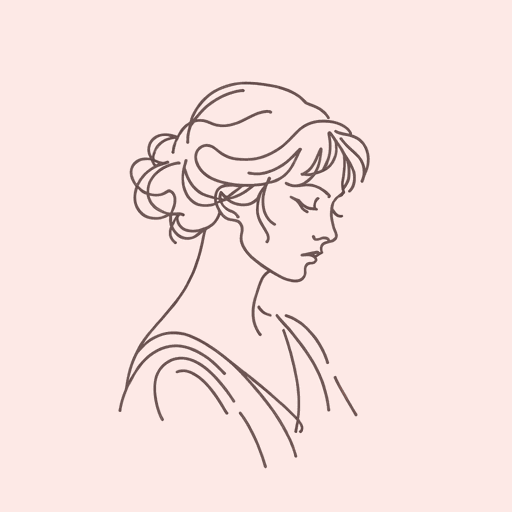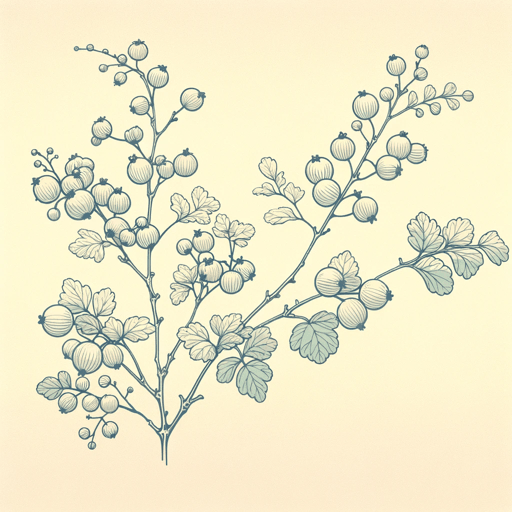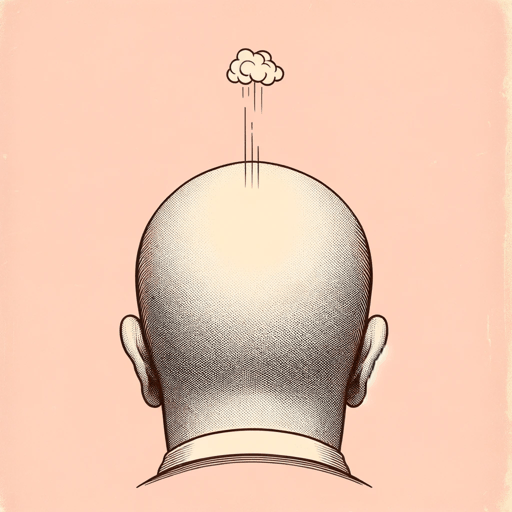43 pages • 1 hour read
Anton ChekhovThe Duel
Fiction | Novella | Adult | Published in 1891A modern alternative to SparkNotes and CliffsNotes, SuperSummary offers high-quality Study Guides with detailed chapter summaries and analysis of major themes, characters, and more.
Symbols & Motifs
Heat
The novella began with the image of heat, which is a recurrent motif for the oftentimes burdensome pressures of environments and bodies—that is, human life. Heat is also associated with the exoticized landscape of the Caucauses, a region colonized by Russians. Notably, all the characters in the story occupy a colonizer’s role, since they are not indigenous to the region and since their presence is made possible by Russia’s imperialism. The Caucasian south is a very different climate from the Russian north, so that noting the heat is also noting this difference.
Nights that are “stifling” (77) symbolize the inability to escape from external (and internal) circumstance: Even the promise of nighttime relief from the sun, coupled with a release from conscious thoughts, cannot be fulfilled when Laevsky is tormented by his unaddressed conscience. The heat, like the sinking sense of thoughts that cannot be confronted, exerts its constant pressure, a fact made especially clear in Laevsky’s sleepless night.
Laevsky, Pobyedov, and Nadyezhda Fyodorovna complain of the “insufferable heat” (33), claiming that their “brains melt” and they nearly die as a result (82, 90).
The use of the heat as an excuse for inaction is poignantly expressed by the narrator who interprets Laevsky’s thoughts: “the deserted seashore, the insatiable heat, and the monotony of the smoky lilac mountains […] overwhelmed him with depression” (52).
Related Titles
By Anton Chekhov

At Home
Anton Chekhov

Gooseberries
Anton Chekhov

The Bet
Anton Chekhov

The Cherry Orchard
Anton Chekhov

The Darling
Anton Chekhov

The Death of a Government Clerk
Anton Chekhov

The Lady With The Dog
Anton Chekhov

The Seagull
Anton Chekhov

Three Sisters
Anton Chekhov

Uncle Vanya
Anton Chekhov

Vanka
Anton Chekhov

